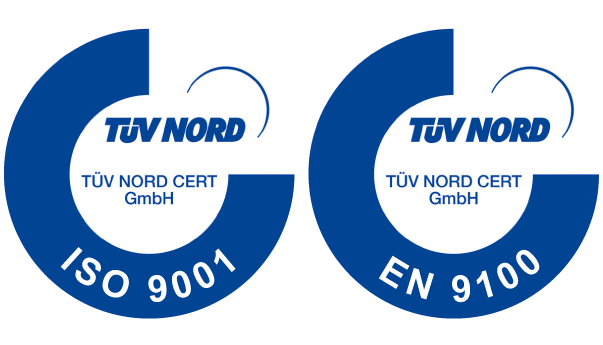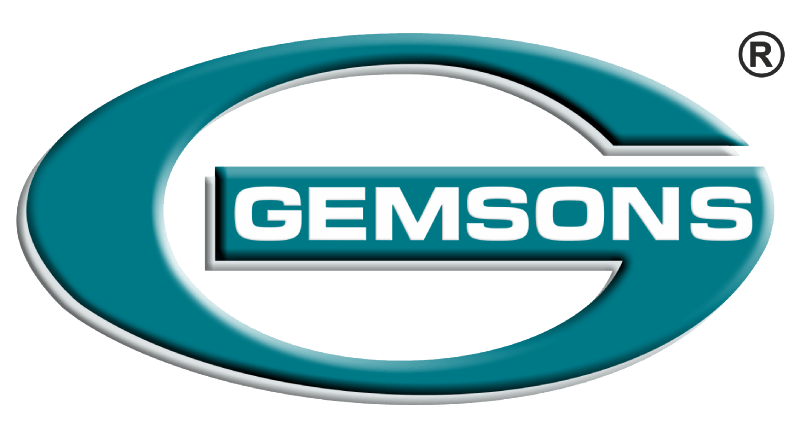The aluminium machining process is widely applied in industries such as automotive, aerospace, and many others. Like every other manufacturing process, it carries its environmental implications. Major challenges in aluminium machining include energy consumption, waste generation, and intensive resource usage. Understanding these impacts and how they can be mitigated is key for businesses committed to sustainability in practice.
Here, we will explore the environmental effects of aluminium machining and offer strategies to reduce waste and energy consumption.
Environmental Impact of Aluminium Machining
1. Energy Consumption
Aluminium machining requires significant amounts of energy, especially during cutting, milling, and drilling processes. Machining tools require energy in their operation and the energy sources are mainly from non-renewable origin adding to the carbon footprint.
However, the aluminum production and purification are also highlyenergy- consuming processes. However, since aluminium packaging is recyclable, the problem arises with the primary production of the item, which uses lots of electricity derived from non-renewable sources.
2. Material Waste
One of the main challenges in aluminium machining is material waste. When parts are machined, a significant portion of the aluminium block is removed and turned into chips. These chips are often discarded, leading to material waste. Although aluminium is recyclable, improper handling of waste can still harm the environment.
Waste management becomes even more crucial when considering that not all aluminium scraps are immediately recycled. Sometimes, these scraps end up in landfills, adding to environmental degradation.
3. Use of Coolants and Lubricants
Coolants and lubricants are used in the machining processes to ensure that the tools and materials are at the right temperature out there. Although these fluids are critical in machining, they are a source of environmental problems. If not well handled, coolants and lubricants are a source of water pollution and negatively affect the environment. Their disposal should be controlled to avoid contamination of the environment.
4. Air Pollution
During aluminium machining, small particles and dust are released into the air. These airborne particles, if not properly filtered, can contribute to air pollution and pose health risks to workers. In addition, the use of energy-intensive machines may lead to the emission of greenhouse gases, further affecting air quality.
Strategies to Minimize Waste and Energy Consumption
While aluminium machining has a significant environmental impact, there are ways to minimize these effects. Here are some practical strategies that can help reduce waste and energy consumption in machining processes.
1. Implementing Energy-Efficient Machines
One of the most effective ways to reduce energy consumption is to use energy-efficient machines. Modern CNC machines are designed to consume less energy while maintaining high precision and performance. Investing in energy-efficient tools can lead to long-term savings in both energy use and operational costs.
Regular maintenance of machining tools is also essential for ensuring they operate efficiently. Well-maintained machines consume less energy, reducing their environmental impact.
2. Recycling Aluminium Scraps
Instead of discarding aluminium chips, companies can implement recycling programs. Aluminium machining produces a large amount of scrap material, but the good news is that aluminium is highly recyclable. Recycling aluminium not only reduces waste but also lowers the need for new raw materials, saving energy and resources.
Setting up an in-house recycling system or partnering with recycling facilities can help ensure that aluminium scraps are properly processed and reused in future production.
3. Optimizing Machining Processes
Another way to minimize waste is to optimize machining processes. By carefully planning cuts and minimizing material removal, companies can reduce the amount of waste generated. This involves using advanced machining techniques, such as near-net-shape manufacturing, which minimizes excess material.
Optimizing tool paths and using simulation software can also lead to more efficient machining, lowering both waste and energy consumption. With precise planning, companies can get the most out of their raw materials while reducing environmental impact.
4. Using Environmentally Friendly Coolants and Lubricants
Switching to environmentally friendly coolants and lubricants is another step toward reducing the environmental impact of aluminium machining. Biodegradable coolants and water-based lubricants are better alternatives to conventional fluids, as they are less harmful to the environment.
Proper disposal and recycling of coolants should also be part of a company’s waste management plan. By ensuring that these fluids do not contaminate water sources, businesses can help protect the environment.
5. Capturing and Filtering Airborne Particles
Air pollution caused by aluminium machining can be mitigated by installing air filtration systems in machining facilities. These systems capture harmful particles and dust, preventing them from being released into the air.
Proper ventilation and air quality monitoring can also reduce the health risks for workers and ensure compliance with environmental regulations.
6. Lean Manufacturing Practices
Implementing lean manufacturing practices can significantly reduce both waste and energy consumption. Lean practices focus on minimizing waste throughout the production process, from material use to time and energy.
By adopting lean principles, companies can streamline their operations, reduce excess material use, and improve overall efficiency. This not only leads to better environmental outcomes but also improves profitability.
The Benefits of Sustainable Aluminium Machining
By adopting environmentally friendly practices in aluminium machining, companies can enjoy several benefits beyond reducing their carbon footprint. These benefits include:
- Cost Savings: Recycling materials and using energy-efficient machines can lead to significant cost savings over time. Reduced waste also means less spending on raw materials.
- Compliance with Regulations: Many industries are subject to strict environmental regulations. By minimizing waste and emissions, companies can ensure compliance with these laws, avoiding penalties.
- Improved Reputation: Companies that demonstrate a commitment to sustainability often enjoy a better reputation among customers and partners. Sustainable practices can become a key selling point in today’s environmentally conscious market.
- Healthier Work Environment: Reducing air pollution and using safer coolants contribute to a healthier workplace, improving employee well-being and reducing health-related costs.
Take the First Step Toward Sustainable Machining!
Aluminium machining has environmental impacts, but there are many ways to minimize waste and energy consumption. From recycling aluminium scraps to using energy-efficient machines, businesses can take practical steps toward sustainability.
At Gemsons Precision Engineering Private Limited, we are committed to implementing eco-friendly practices in our machining processes. We understand the importance of reducing our environmental impact while maintaining high standards of quality and precision.
If you’re looking for precision engineering solutions with a focus on sustainability, Gemsons Precision Engineering Private Limited is here to help. Contact us today to learn more about our aluminium machining services and how we can help you reduce waste and energy consumption in your operations. Together, we can work toward a greener, more sustainable future!



Recent Comments